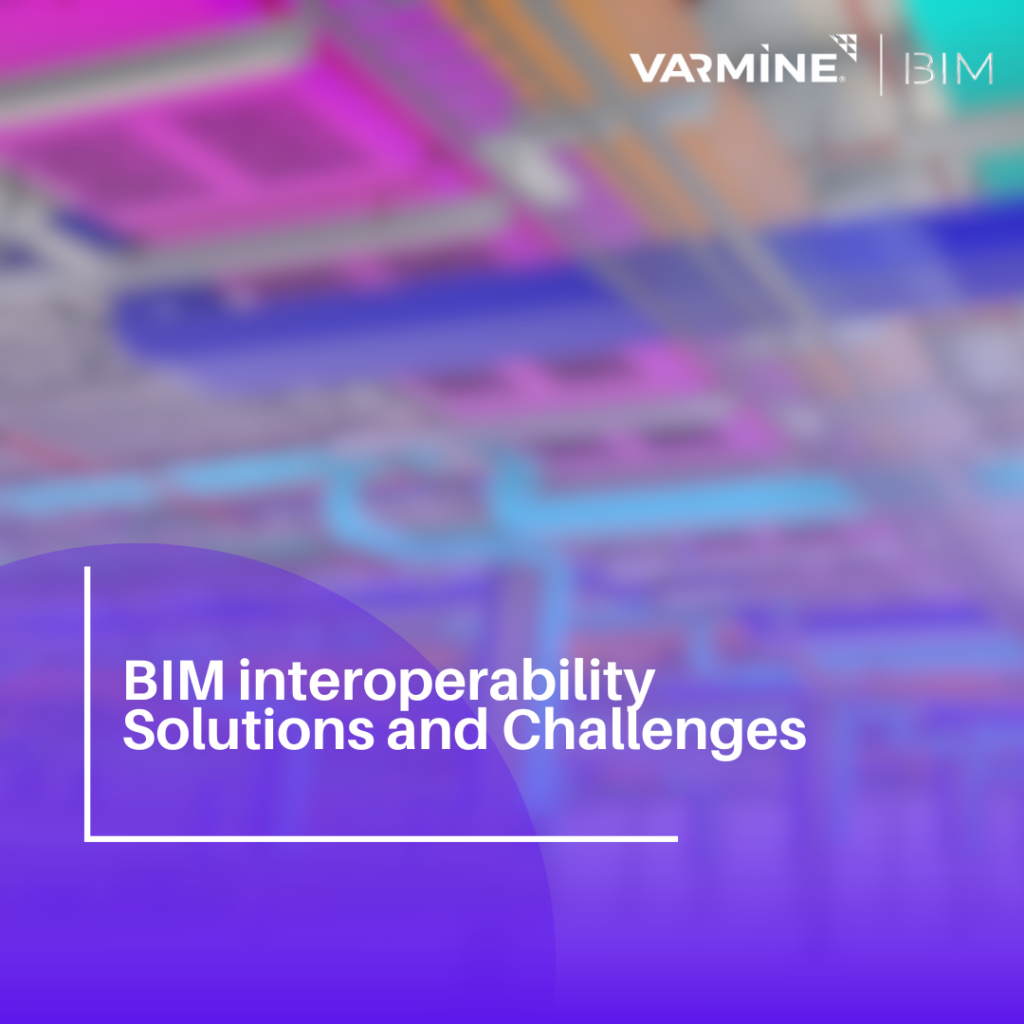
Table of Contents
Building information modeling (BIM) has become a ground-breaking method in the field of architecture, engineering, and construction (AEC), improving decision-making, efficiency, and teamwork all the way through a project’s lifecycle. However, one of the critical aspects that dictate the success of BIM implementation is interoperability – the seamless exchange of information between various BIM software platforms and stakeholders. In this blog, we’ll delve into the solutions and challenges surrounding BIM interoperability, exploring key concepts such as COBie, standards across different countries, Uniformat & Omniclass, and the pivotal role of asset management and data registration.
Understanding COBie: A Key Component of BIM Interoperability
COBie, short for Construction Operations Building information exchange, stands as a vital standard for the exchange of facility asset data. It facilitates the digital handover of asset information from construction to operation phase, ensuring that essential data about building components, equipment, and systems are accurately documented and easily accessible. COBie streamlines the process of information exchange, promoting interoperability among various software platforms used in AEC projects.
Standards Across Different Countries: Harmonizing Diverse Practices
One of the significant challenges in BIM interoperability lies in the diversity of standards adopted by different countries and regions. While BIM offers a standardized approach to data management and collaboration, variations in regulations, protocols, and industry practices can hinder seamless interoperability. However, efforts are underway to harmonize these standards through international collaboration and the development of interoperable frameworks. By establishing common ground and fostering mutual understanding, the global AEC community can overcome the barriers posed by divergent standards and achieve smoother interoperability.
Uniformat & Omniclass: Streamlining Classification and Categorization
Uniformat and Omniclass serve as classification systems that categorize building elements and construction information, respectively. These systems provide a structured framework for organizing data, simplifying the process of information exchange and retrieval in BIM projects. By adhering to Uniformat and Omniclass standards, stakeholders can ensure consistency and accuracy in data representation, thereby enhancing interoperability across different software platforms and project phases.
Asset Management: Maximizing the Value of BIM Data
Effective asset management is essential for leveraging the full potential of BIM data throughout the building lifecycle. By integrating BIM models with asset management systems, stakeholders can track and maintain building components, optimize performance, and make informed decisions based on real-time data. However, achieving seamless interoperability between BIM and asset management systems requires robust data registration processes and standardized protocols. Through efficient data registration and synchronization, stakeholders can bridge the gap between design intent and operational reality, unlocking new opportunities for efficiency and innovation.
Challenges and Opportunities Ahead
Despite the significant advancements in BIM interoperability, several challenges persist, ranging from technological limitations to cultural barriers and legal complexities. Interoperability issues often arise due to incompatible data formats, inadequate software integration, and resistance to change within the industry. But these difficulties also offer chances for creativity and cooperation. By investing in research and development, fostering industry-wide collaboration, and promoting education and training programs, the AEC community can address these challenges head-on and pave the way for a more interoperable and connected future.
Conclusion
BIM interoperability is crucial for realizing the full potential of Building Information Modeling in the AEC industry. By embracing standards such as COBie, harmonizing practices across different countries, adopting classification systems like Uniformat and Omniclass, and integrating asset management solutions, stakeholders can overcome interoperability challenges and unlock new possibilities for collaboration, efficiency, and value creation. As technology continues to evolve and the demand for smarter, more sustainable buildings grows, the importance of interoperability will only continue to increase, making it imperative for the AEC community to prioritize interoperability initiatives and embrace innovation in pursuit of a more connected built environment.
Previous Blog: BIM standards and regulations Updates
